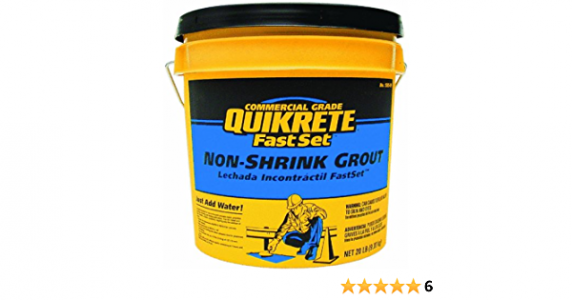Uh.. Ummmmm….yeah. Ya’all act like I’m a concrete guy. I’m not.
If it doesn’t work, I will hire somebody to cut out some of the floor, and put in a pad like I said in my original post.
Just thoughts on how I would do it.
Uh.. Ummmmm….yeah. Ya’all act like I’m a concrete guy. I’m not.
If it doesn’t work, I will hire somebody to cut out some of the floor, and put in a pad like I said in my original post.
They can be rented pretty cheap.@WesPete66 They are probably one of the best darn things I've seen for moving equipment. There may be better, but these things are SMOOTH. Here is post I made on them: https://www.hobby-machinist.com/thr...-sized-piece-of-equipment.105731/post-1034425
They are quite cost prohibitive for me, but I know a guy.
In my other life before retiring. I installed many large compressors. First position the machine and shim it level about 1 1/2 inch above the highest point on the floor. Using a machinist level you can get as perfect as you want. NOW build your form and pour your grout. Be careful to shove it under the machine. bring the grout level up to or slightly above the machine base. Let the grout cure at least 24 hours then tighten the anchor bolts if you have them. Just the way I did it back in my other life.My garage floor sucks.
My lathe on my garage floor is not happy.
Or level.
Or straight.
I decided to remedy this.
Using Kwikrete non-shrink precision grout, some caulk, screws and 2x4’s, I poured a bed for the lathe **following the instructions on the bag**. Overall height should be about 1.5”. I made it 2 inches past the edge of the lathe front to back and about an inch past left to right.
I’m not familiar at all with this type of stuff, so it’s pretty interesting to me. I’m hopeful it helps out. If not, I’ll hire someone to cut out some of the floor and install a pad that way.
If anyone reading this decides to do this. Rent or buy an actual Mixer for the grout. It’s pretty tough on a drill….
**Edited
View attachment 445513
View attachment 445514
View attachment 445516
View attachment 445517
Question on this - doing it this way, does the grout come in contact with the machine? If so, how would the machine be removed? (for whatever reason)In my other life before retiring. I installed many large compressors. First position the machine and shim it level about 1 1/2 inch above the highest point on the floor. Using a machinist level you can get as perfect as you want. NOW build your form and pour your grout. Be careful to shove it under the machine. bring the grout level up to or slightly above the machine base. Let the grout cure at least 24 hours then tighten the anchor bolts if you have them. Just the way I did it back in my other life.
fixit
I really only have about an inch of movement on my leveling bolts - if that. My lathe "feet" are recessed instead of even with the bottom of the machine.I would think that the pad only has to be plus/minus an inch or so. the Leveling feet should manage after that.

Correct. Minimum stated thickness for Qwikrete non-shrink grout is 1”.That's just the thing, most leveling compounds are for thin application, and this is a thick application. Key difference in the product selection.
